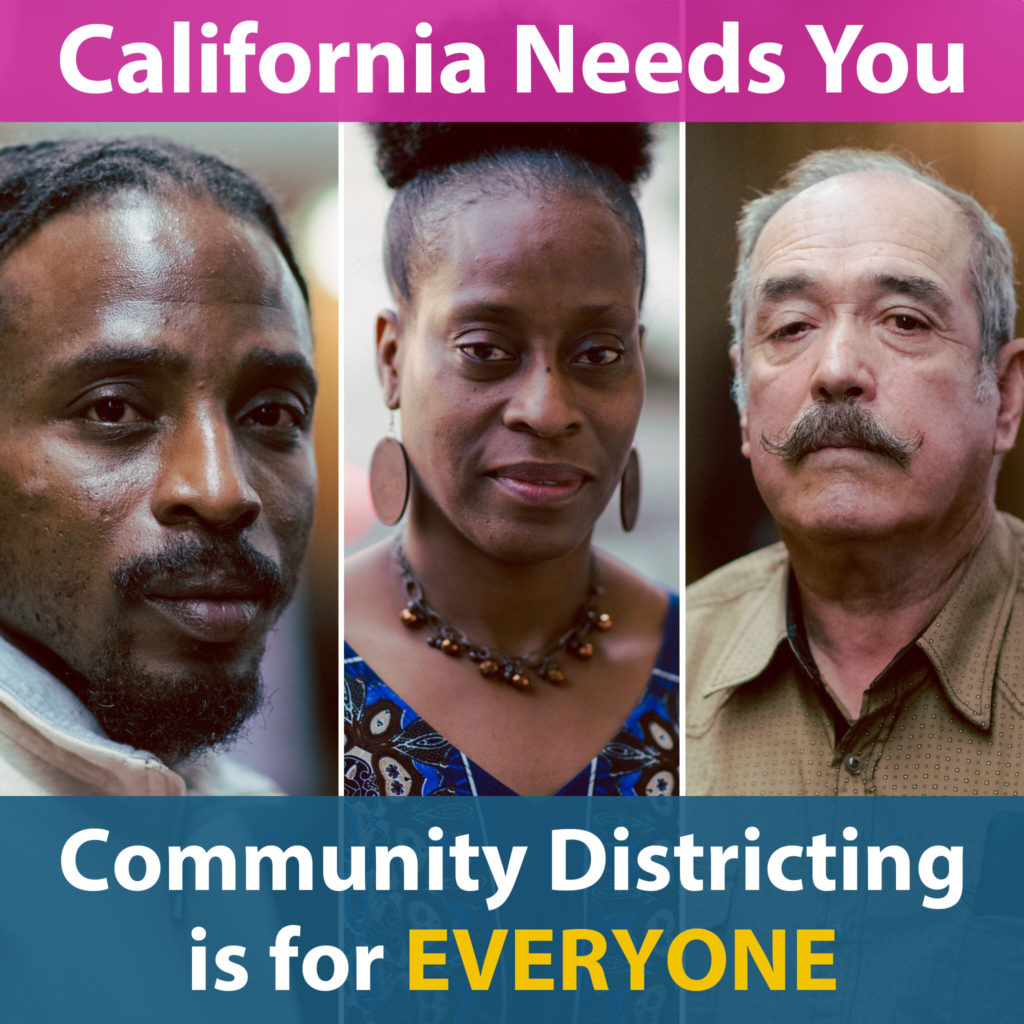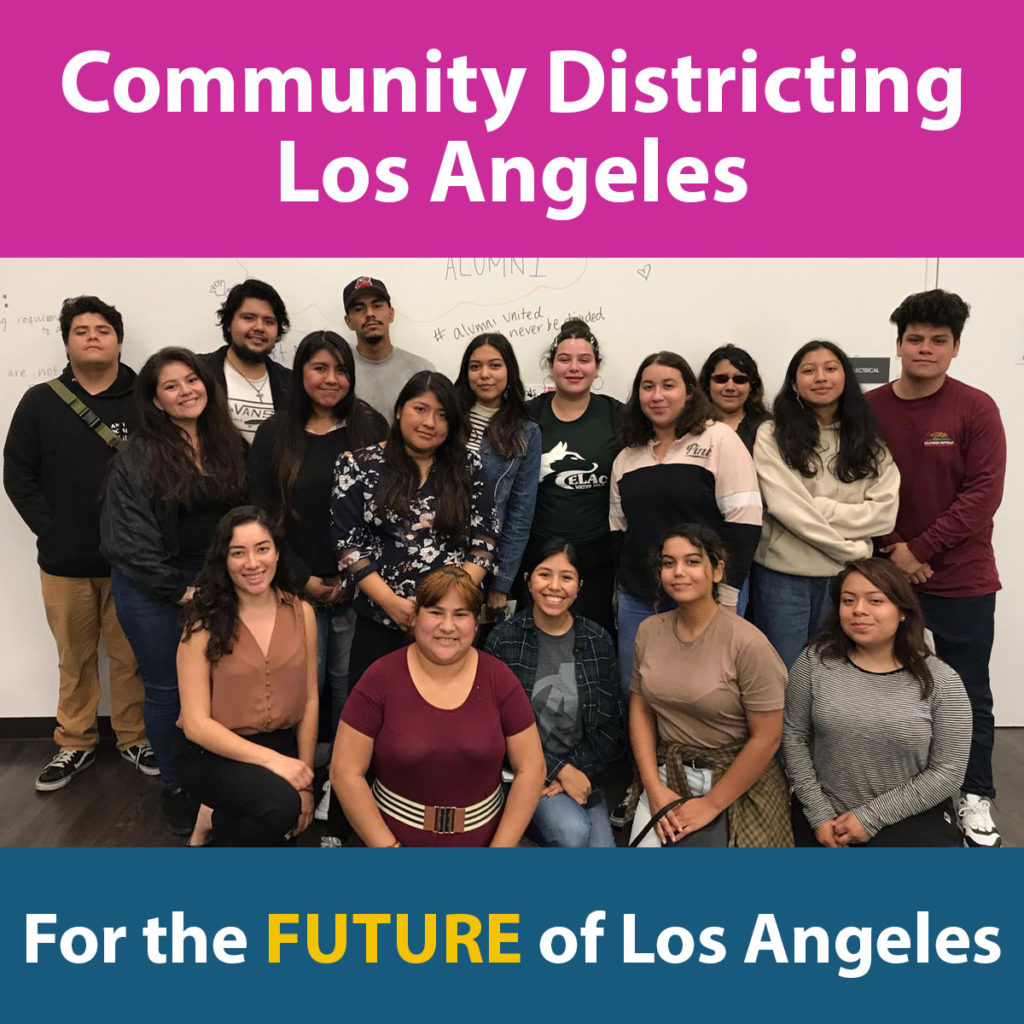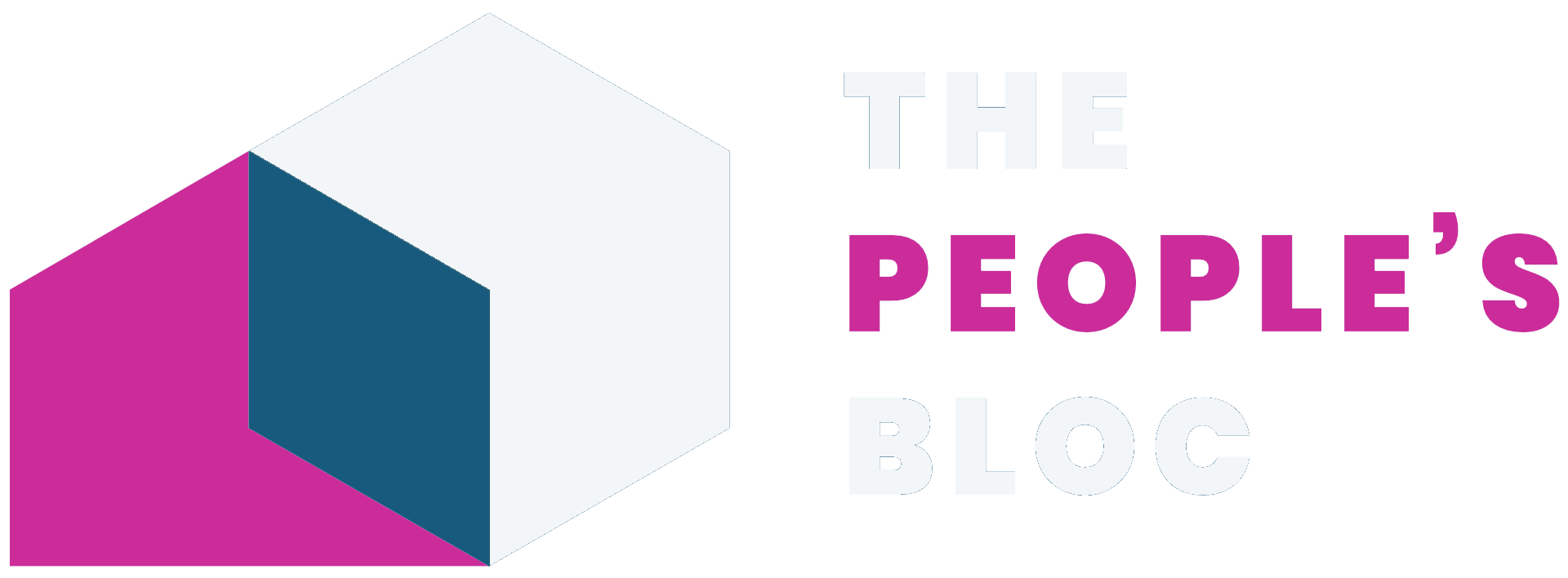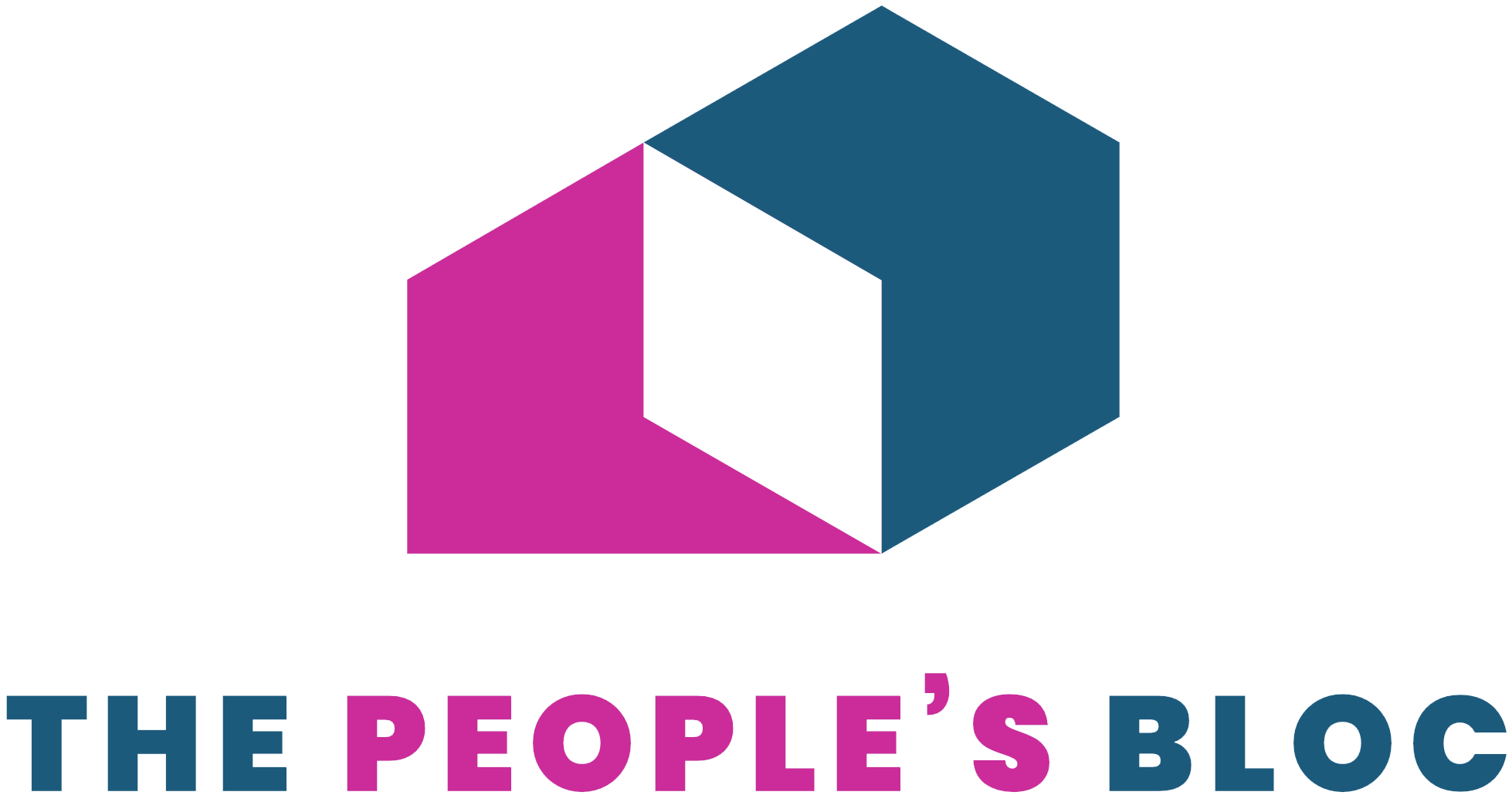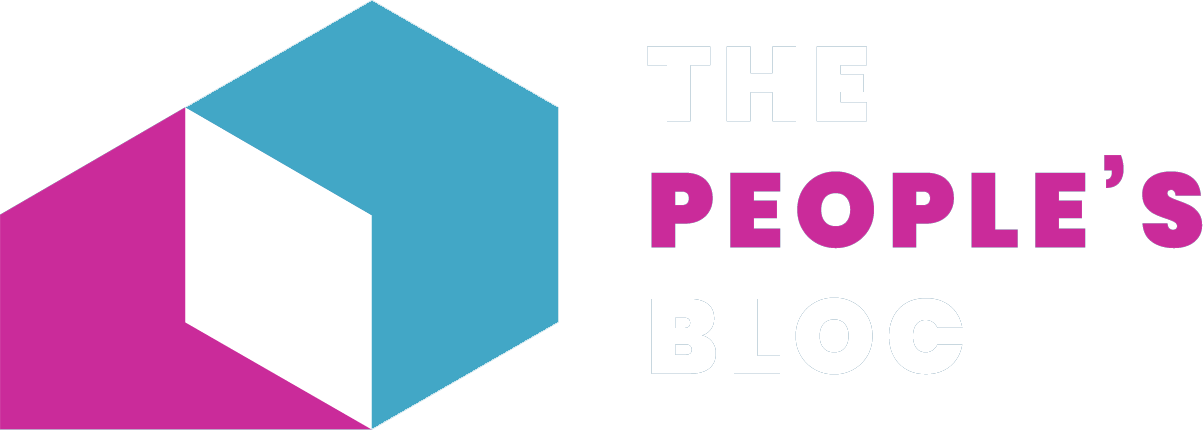Redistricting California
Importance
What makes California community districting unique?
At the state level, congressional districts, state legislative districts, and state board of equalization districts will be decided by the California Citizens Redistricting Commission with public testimony from the community, whether written or verbal, and in compliance with federal and state legal requirements. This provides a unique opportunity for meaningful and substantive community participation. The districts we draw this year will shape our lives and our communities for the next decade. We must mobilize massive participation among the greatest possible number of people to ensure our communities are kept whole within fair districts and have equitable access to resources for years to come.
Background
Following two successful propositions, and beginning with the 2011 redistricting cycle, the California Citizens Redistricting Commission (CRC) has had the authority to redraw the boundaries of all California Congressional, State Senate, State Assembly, and Board of Equalization districts. California Proposition 11 (2008), also known as the Voters First Act, authorized the creation of the California Citizens Redistricting Commission and tasked them with redrawing the boundaries for the state’s 120 legislative districts and four Board of Equalization districts. Proposition 20 (2010) added the task of redrawing the boundaries of California’s U.S. Congressional districts.
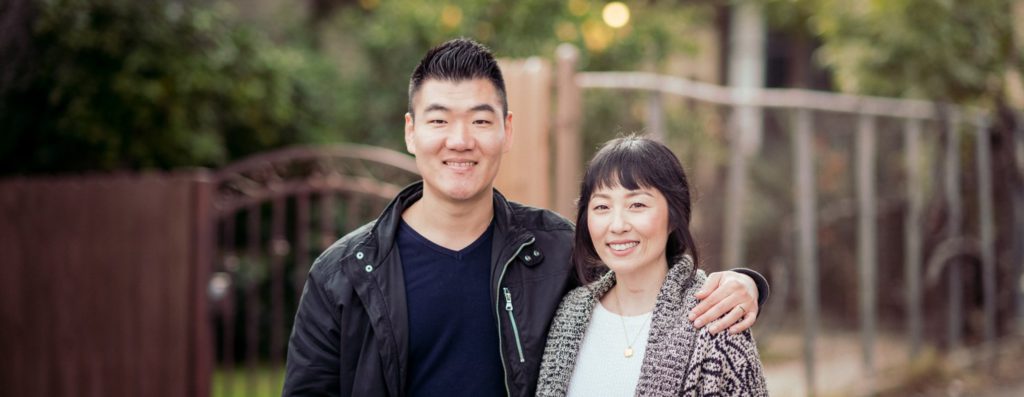
2021 CA Redistricting
In 2021, for the second time, a 14-member commission has been selected to lead this process. By law, the California CRC must approve and certify their four final maps to the Secretary of State by August 15, 2021. However, due to delays in the release of census data, the California Supreme Court granted a deadline extension. This will allow the commission additional time to submit its maps. The timeline is an evolving conversation and has not yet been finalized as of Spring 2021.
Specific deadlines notwithstanding, the state CRC’s process will progress in four basic phases:
- commissioner recruitment and selection;
- commissioner preparation;
- line-drawing process; and
- potential legal challenges.
Phase 1 was completed last year. Phase 2, which began in August 2020, will continue through the 2021 summer, at which point it will proceed to the line drawing process immediately following delivery of census data. During phase 3, the state CRC will draw maps using decennial census counts and community input. Phase 4 will only be necessary if the final maps are legally challenged.
To facilitate state level community districting engagement, the People’s Bloc is a member of the Integrated Voter Engagement (IVE) Redistricting Alliance – a coalition of statewide and regional CBO networks. The IVE Redistricting Alliance was formed to empower low-income, Black, Indigenous, and people of color (BIPOC) residents to participate in the 2021 state and local redistricting processes and strengthen the organizational ecosystem needed to sustain long-term, equity-centered change. Partners include statewide and regional networks of community-based organizations (CBOs) that implement IVE strategies and prioritize issues of racial and economic equity. From getting underrepresented communities counted in the decennial census, to exercising their right to vote, to advocating for fair district lines, the Alliance is committed to strengthening California’s democracy. To get involved please contact moreinfo@thepeoplesbloc.org.
Resources
Learn more about California community districting
Discover how redistricting in California is unique and find resources to help shape our future.

You can get involved by (1) sharing your personal story about why accurate representation matters to your community, and (2) joining People’s Bloc organizing efforts to engage the community in the statewide and/or local redistricting processes.
Submit Information on Your Community
The California Citizens Redistricting Commission (CCRC) needs to hear from you to make sense of the new census data they will use for their districting efforts. Data alone does not provide the full picture of what it is like in your community and of the many communities of interests (COIs) that exist. And so, your community’s story will help commissioners interpret census data and guide their drawing of district maps. You can submit public testimony and/or maps to the CCRC via:
Portal: Draw my CA Community Tool
Email: votersfirstact@crc.ca.gov
Letters:
California Citizens Redistricting Commission
C/O Public Comment
721 Capitol Mall, Suite 260
Sacramento, CA 95814
Phone: (916) 323-0323
Get Involved with the People’s Bloc
There’s power in numbers, so connecting with local organizations to advocate for more equitable districts, partnering with multiple community groups, and sharing collective testimony will enhance your ability to keep your communities together. Plus, local organizations can help share informational resources and support the development of testimony. To learn more please contact moreinfo@thepeoplesbloc.org.
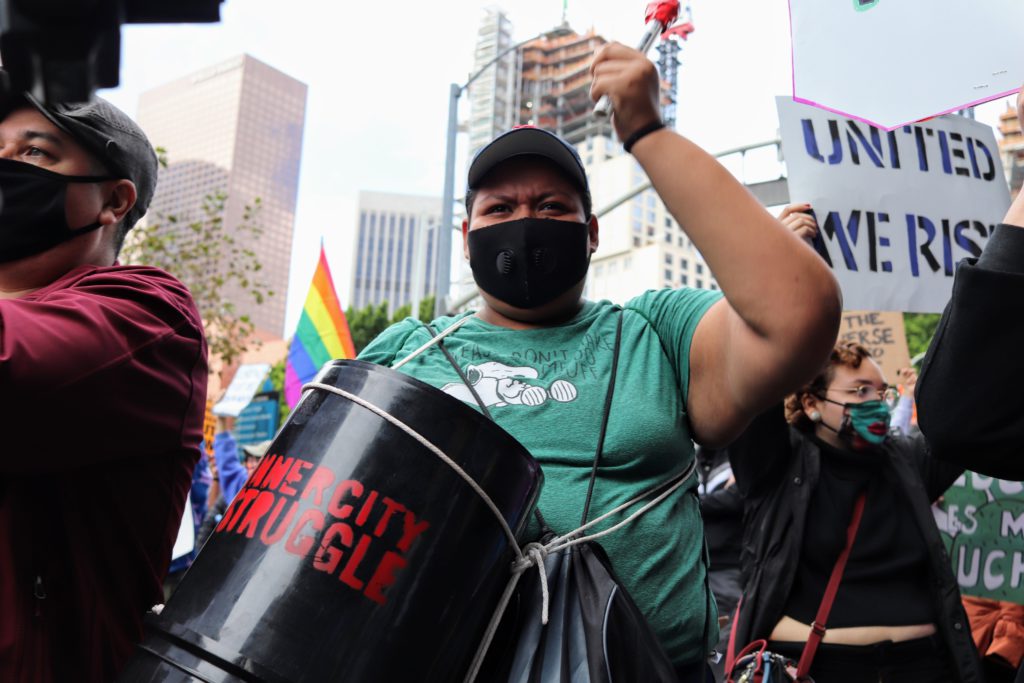
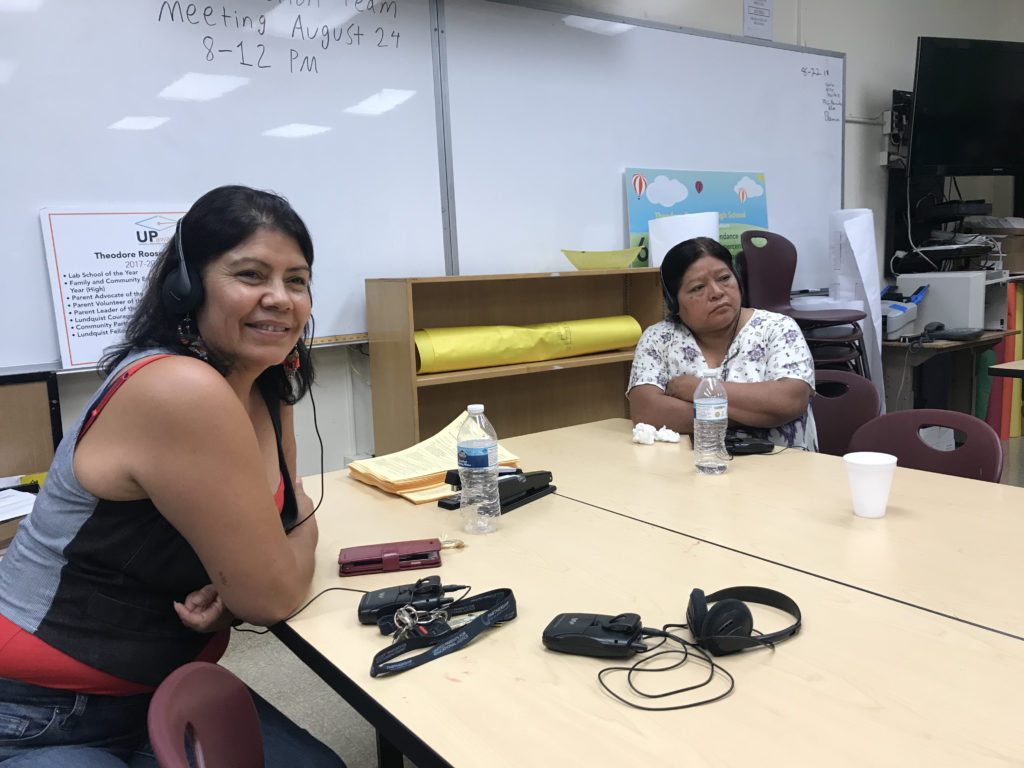
The 14 California Citizens Redistricting Commissioners will be setting up community hearings across regions to hear public testimony about communities of interests and how lines should be drawn to keep them together. Given the pandemic, it is anticipated that hearings will be held virtually until it is safe to meet in person.
Once the commission hears initial public testimony, they will release their first set of draft maps and communities will have 14 days to submit public comments about the drafts. The commission will then take all public testimony into account to adjust and finalize the maps and will need the votes of at least nine commissioners to approve the maps (3 democrats, 3 republicans, and 3 other party-affiliated). Once the maps have been approved, they are certified and submitted to the state legislature, along with a report from the commissioners explaining how these maps meet the required legal criteria.
We need your attendance at these hearings! The districts we draw this year will shape our lives and our communities for the next decade. When we draw the map, we choose what hospitals, schools and resources are funded in our neighborhoods.
Those uninterested in a fair and transparent process have succeeded in advancing their aims not by proving persuasive but by removing community districting from the public domain, rendering it an obscure and technocratic process while conducting it behind closed doors. Additionally, COVID-19 further altered the landscape and created emergencies leading to many unmet critical needs. Many of the hardest hit communities who were disproportionately impacted by the pandemic were communities of color and low-income, poor people who have traditionally been excluded from this process. COVID widened the gaps and disparities resulting in critical communities being even further removed from this process.
Our task, therefore, is to make this a process our base can enthusiastically, energetically, and relentlessly reclaim for our communities. This messaging guidance is designed to reach and mobilize people who would like to become or are in some way already active in their communities or engaged with their neighbors, but who are unfamiliar with this issue and who otherwise might not be politically active.
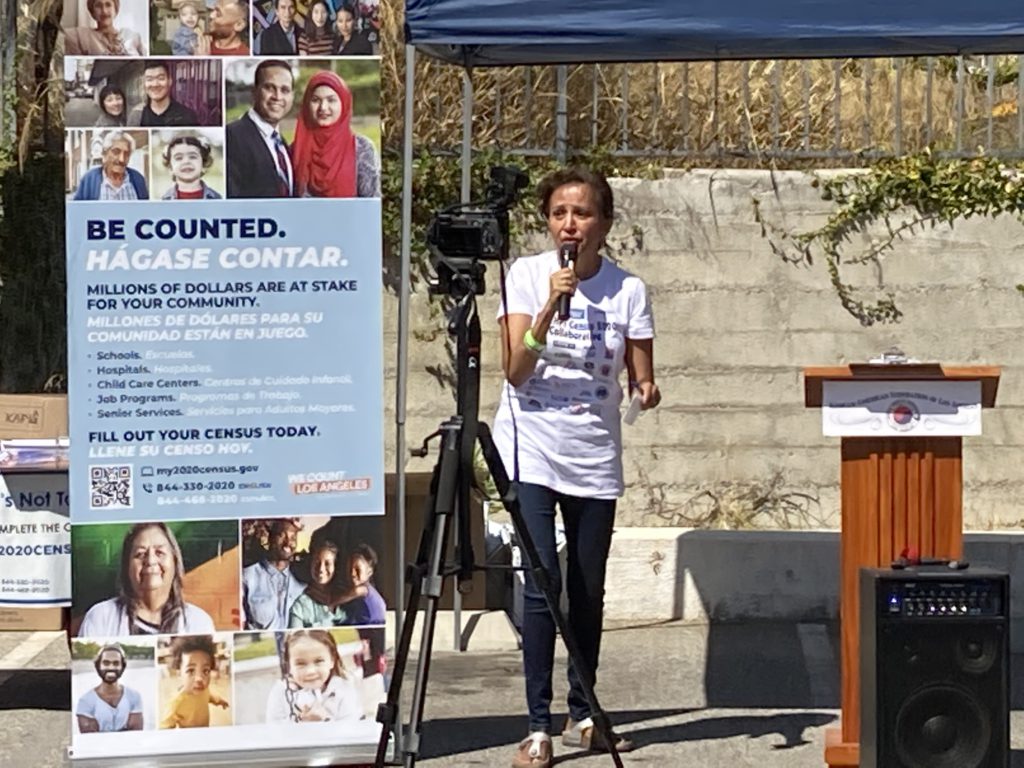
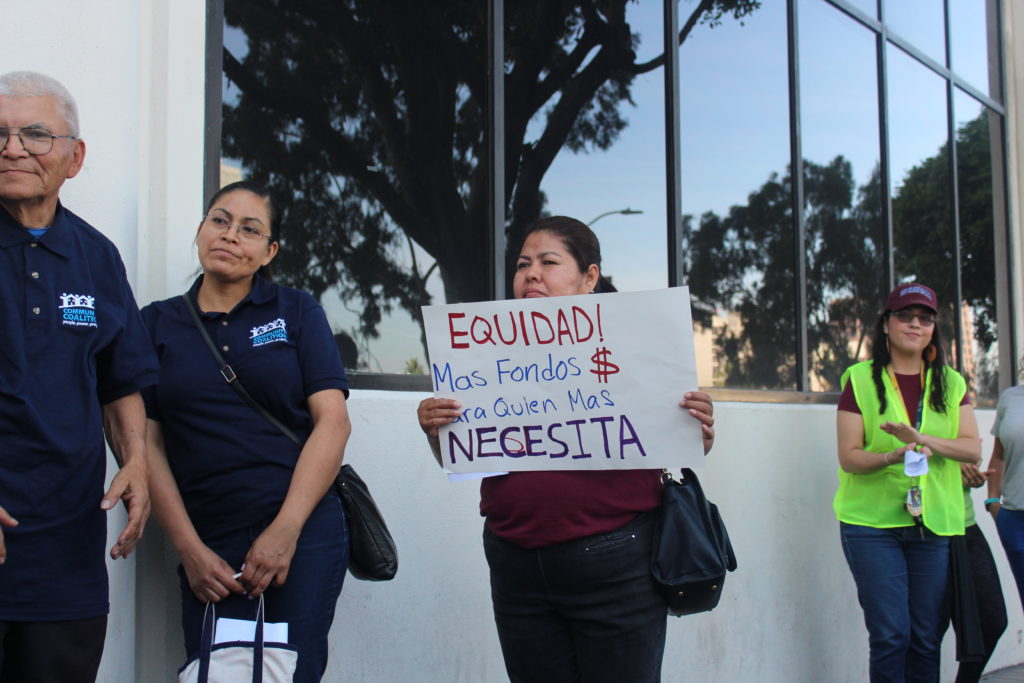
Redistricting Equity Indicators are data that have been selected by the People’s Bloc to support our goals of moving towards a more equitable Los Angeles by creating districts that ensure people of color and low-income, poor communities are able to elect candidates of choice.
Equity Indicators can be used to support:
- Community conversations around multiple ways to define communities of interest (COI).
- Identification of common social or cultural interests or progressive policy goals across neighborhoods.
- Assessment of proposed districts regarding their potential to maximize opportunities for low income and people of color to advance progressive policies that benefit them.
The Redistricting Equity Index combines equity indicators to highlight areas where progressive-minded low-income BIPOC reside.
Share
Spread the word!
